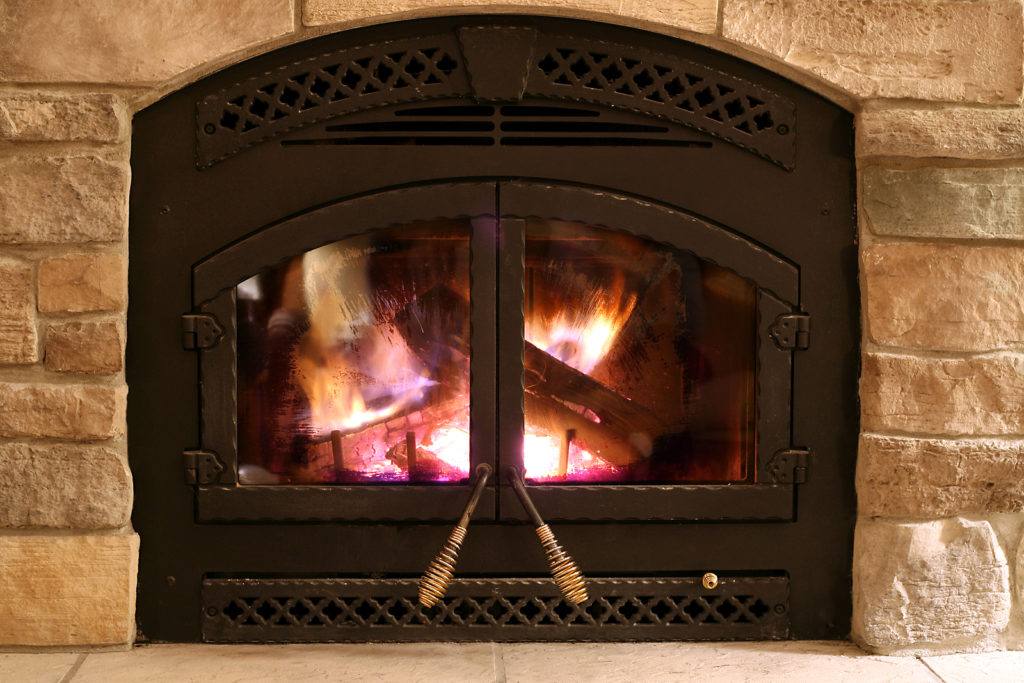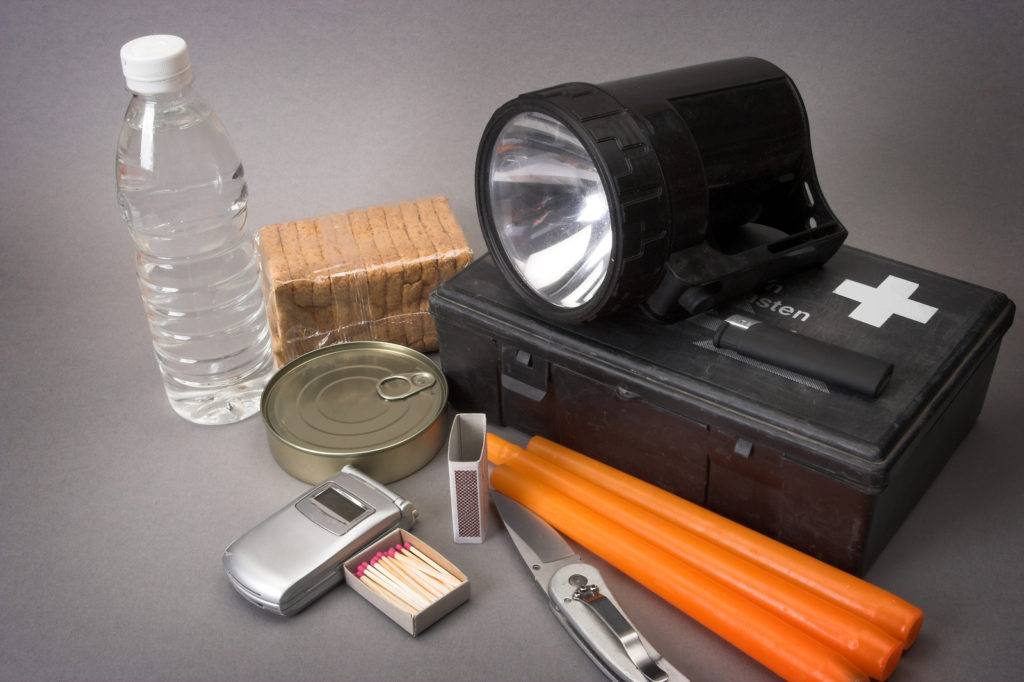If smoke is coming out of your fireplace instead of going up the chimney it indicates there’s an issue that you need to correct. A smoky fireplace is not only unpleasant it can also be a health and fire hazard in your home. Here we look at some of the causes of smoky fireplaces and what you or a San Francisco Bay chimney sweep can do to alleviate the problem and improve
Tag: bay area
CHIMNEY MAINTENANCE: WHAT IF I DON’T USE MY FIREPLACE?
Many older homes have fireplaces that hearken back to a time when fire was relied on as a major heating source. However, with the advent of central heating, your fireplace may no longer be in use, and be kept for decoration and pleasure. Fireplaces make a great centerpiece for a room, making it look
Continue reading “CHIMNEY MAINTENANCE: WHAT IF I DON’T USE MY FIREPLACE?”
How Does a Fireplace Insert Work?
Everyone loves the look of an open fire in a brick fireplace. It’s classic, familiar, beautiful. Did you know it’s also wasteful, inefficient and less clean than a wood heaters would be?
The design of an open fireplace allows a large portion of the heat generated to leave through the chimney. Wood heaters allow you to have efficient design and classic good looks, both! They work as a more efficient burners in the setting of a traditional fireplace. Wood burning fireplace inserts release less smoke and emissions than open fire and provide even better heating results. Inserts are used to convert traditional stone and brick fireplaces, which are inefficient and polluting, into effective heating systems.
How Does a Fireplace Insert Work?
A fireplace insert is similar to a wood heaters that’s been modified to fit within the firebox of a masonry fireplace. An insert consists of a firebox surrounded by a steel shell. Air from the room flows between the firebox and shell, taking heat back into the room. Heat distributor fans can be turned on to push heat into the home. They generally have glass doors for safety and you can see vents above, below, or next to the firebox for the circulation of air and heat.
Must You Sacrifice Form For Function?
In a short answer, no. Wood burning inserts are actually very natural looking in the setting of an existing fireplace. In fact, many homeowners build their original masonry fireplace with a Wood heaters structure from the beginning because of their rugged good looks and great efficiency. Many people don’t even realize that fireplaces are outfitted with Wood Burning Inserts because the look is so familiar.
Why Choose A Wood Burning Insert Over Keeping Your Old Fireplace
While it’s certainly possible that your old fireplace may have been dangerous, and a wood heaters is the safest solution, most people choose them for their advantages.
Environmentally Friendly
Wood is actually very environmentally friendly because it is a renewable, sustainable resource and is considered carbon-neutral to burn by the Carbon Trust. Did you know that if wood were naturally decaying in the woods, it would release the same amount of carbon as it does burning in your hearth? Today’s wood burning inserts combust the harmful fire byproducts that a traditional fireplace releases into the atmosphere. They emit less than 1 gram of smoke per hour, which exceeds the Environmental Protection Agency’s clean air standards.
Energy Efficient
Some wood burning insert models have over 80% efficiency. The dual combustion system within a wood heaters is what generates a hotter, longer lasting fire. The venting system prevents heat from quickly escaping up the chimney and fans push heated air into your home instead. With the right insert you can easily heat a large living space. You’ll go hours without having to add fuel to the fire.
Cost Effective
One load of wood can burn for up to 8 hours in the right fireplace insert, saving you on wood costs. Also, the heat provided to your home can allow you to zone heat through the cold months, instead of using a furnace system to heat the entire home. But the advantages are not reserved for winter! Insulation is placed around a fireplace insert during installation. This prevents cool air from escaping during the summer and hot air from leaking out during the winter. The glass doors of the insert also prevent downdraft problems, keeping your home well insulated.
Reduced Maintenance Costs
Fireplaces with a wood burning insert do need annual chimney cleaning, but an insert will reduce the cost of repairing and maintaining your fireplace through the years. With the installation of a fireplace insert, the integrity of a fireplace is fortified without the high price of rebuilding or renovating a masonry fireplace. Replacing or repairing a damaged insert is also significantly less expensive than repairing a masonry fireplace.
A Wide Range Of Looks And Features
Wood Burning Fireplace Inserts come in styles from slick and sleek, to traditional and ornate. The aesthetic range of offerings is almost overwhelming! You’ll surely find something that fits your style in the available selections. Inserts can also offer features not available with traditional fireplaces, like thermostat control, heat distributor fans and self-cleaning glass.
If you have any questions about wood burning fireplace inserts, just ask us at The Irish Sweep.
EARTHQUAKE PREPAREDNESS: A GUIDE TO HOME SAFETY
Earthquake preparedness is a Californian duty. We don’t know when earthquakes will happen, but we do know we live in an area where they do happen with some regularity.
It’s easy to let years slip by since the last time you evaluated your earthquake kit. Or maybe you don’t have one? Some things to consider about earthquake kits is that they are not evacuation bags or “bug out bags”. You can assume that in an Earthquake you can stay in your home, or at least not have to go far. What you need to plan for is possibly long periods of time without electricity, and possibly without working plumbing or natural gas, as sewage systems may be damaged, or gas may be turned off for safety.
HERE’S WHAT YOU SHOULD CONSIDER FOR EARTHQUAKE PREPAREDNESS:
FRESH WATER
Store enough unopened jugs of water for about a gallon per person per day according to the Centers for Disease Control and Prevention. Three days is usually considered generous. Don’t forget, we don’t just drink water, we cook with it, wash dishes and ourselve with it, and more. Even though bottled water generally has a one to two year expiration date on the package, there’s no reason for it to become unusable unless the package is opened or damaged. Do not drink distilled water unless there is no other option, and not for long periods. Purified, filtered or spring water is fine.
FOOD SUPPLIES
Having fresh food it the refrigerator does you no good when the fridge has no power. For the special occasion of feeding your family after a sizeable earthquake, you’ll want to have non-perishable food set aside. You can pack cans of tuna and boxes of crackers, but you’ll likely be happier with dehydrated meals that can be rehydrated. They tend to taste a lot better than the dry goods and canned meats.
FIRST AID KIT
A well-stocked first aid kit can be bought in many stores, and the pre-stocked variety like this works just fine. No need to put together your own selection of bandages and medications. When selecting your first aid kit, do consider how many people it needs to serve. And make sure to periodically remove expired items and replace them with fresh ones.
LIGHTING
After an earthquake, power is often out. Flashlights or headlamps for everyone in the home, plus one lantern is usually a good amount of lighting. Even if you only spend one night without electricity, it’s hard to enjoy your evening in a completely dark home.
A RADIO
Either a transistor radio or a hand-crank powered radio is a good choice. In an emergency, your internet router will likely be down, and the radio is a reliable way to access news and information. This can help you know where to get supplies if needed, prepare for the weather, or know how when to expect power to come back on.
EXTRA BATTERIES
Extra batteries will serve you well, but don’t just put aside an hodge-podge of options. Choose the specific type of batteries needed for each other item in your Earthquake Kit: your radio, headlamps, lantern, flashlights, and anything else in the group. Have a larger amount of the batteries you expect to go through fastest.
STRUCTURAL SAFETY
Chimneys that are either known to be damaged, or whose structural integrity is unknown, are dangerous in an earthquake. This is because they can fall and hurt or kill people either indoors or outdoors. Don’t take this risk, have your chimney inspected by a professional with a camera to view its interior. If structural flaws are found, reduce risk by having them repaired immediately.
FAMILY PLAN
This is extremely useful in earthquakes as well as other emergencies. To create your family plan, gather everyone who lives with you and agree on what you’ll do after an emergency. This should include when, where, or how to meet up if you’re not together. Also who’s responsible for accounting for pets or young kids, who’s going to check on older relatives near by, or anything else. A great start is declaring a physical place to meet in an emergency that is outdoors and not under power lines or tall buildings.
With the right preparation, the hours and days after a large earthquake can be safe and even organized. You’ll be glad you had taken steps to create order and minimize risk in advance.




